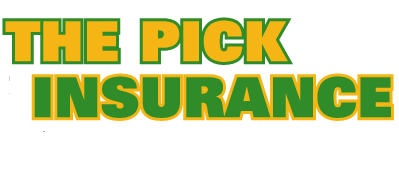Sodium, or salt, brings out the flavor in all foods, from savory to sweet. But too much sodium can have a detrimental effect on your health. Has your doctor told you to lower your sodium intake? How much is too much?
The Symptoms of Too Much Sodium in Your Diet
If you experience any of these symptoms, it may be the result of consuming too much sodium:
- You often feel bloated.
- You get headaches frequently.
- You continuously feel thirsty.
- You have high blood pressure.
- You retain water.
Some of these symptoms are precursors to a more dangerous health condition.
High Blood Pressure and Sodium
While the body requires sodium, most people eat far more than is needed. Salt is in almost every type of food, so even if you avoid the saltshaker, you are still consuming sodium. Sodium makes up about 40 percent of table salt, and it is well-established by scientific evidence that sodium raises blood pressure (hypertension).
When you consume too much sodium, your body will hold onto water, attempting to dilute it. The water enters your bloodstream, increasing the volume in your blood vessels, causing the heart to pump harder to move the blood in the system, raising blood pressure and the risk of having a stroke, heart attack, or heart failure.
Am I Eating Too Much Sodium?
While not all researchers agree on the amount of sodium that is safe for the body, generally, they agree that keeping your intake of sodium at 2,300 mg or less per day is advisable. Most people consume in the range of 3,600 mg of sodium per day and need to cut down their consumption by one-third. Every serving of food should have less than 100 mg of sodium. Read the packaging to find out how much sodium is in the food you purchase.
How Much Sodium is in My Food?
About 70 percent of the sodium you consume is in prepared or restaurant food items. Watch out for these types of foods, and avoid them as much as possible:
- Cold cuts: Deli meat has high quantities of salt, up to 1,040 mg in one serving. If you need to cut back on your sodium, avoid eating prepared meats.
- Pizza: It is hard to resist pizza, but if you need to reduce your sodium intake, pizza should not be on your list. One slice may have up to 760 mg of sodium, and who can eat just one?
- Bread: Bread has a surprising amount of sodium, even if you cannot taste it. Limit your consumption of bread, rolls, bagels, muffins, or croissants to reduce sodium in your diet.
- Soups: Nothing suits cold weather more than a hot bowl of soup, but beware! Commercial canned soups have high levels of sodium, and so do restaurant soups. Purchase low sodium versions and avoid restaurant soups if you are on a low-sodium diet.
- Poultry: It may surprise you to know that commercial poultry can be injected with a sodium solution. That diet-friendly chicken breast could be heavily laden with sodium, and deep-fried chicken or nuggets should be avoided. Read the label when purchasing chicken to find out the sodium content.
- Fries, Chips, and Snacks: Fries, chips, and other snacking foods have high sodium levels. To lower your consumption, you may have to sacrifice your craving for crunchy, salty treats and shift to a healthier option. Sodium-free alternatives are available, so read your labels!
Your Health Insurance and Heart Health
You must do all you can to keep your heart healthy. If you believe you may be consuming too much sodium and are experiencing symptoms, it is time to cut back. Your doctor may have advised you that your blood pressure is high. Changing your eating habits can reduce blood pressure and help you avoid the need for blood pressure medication.
Your health insurance policy includes a yearly physical, and you should take advantage of it. The early detection of a heart health risk can allow you to change your habits and live a longer, healthier life. If you need assistance with health insurance or have questions about your coverage, our helpful local agents can assist you.

